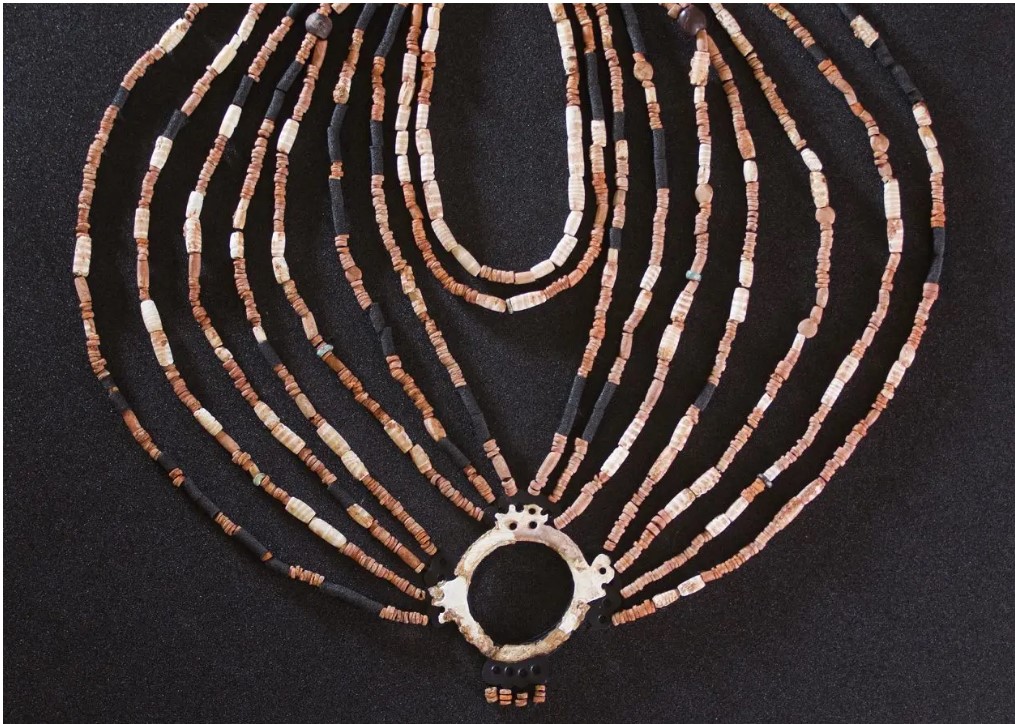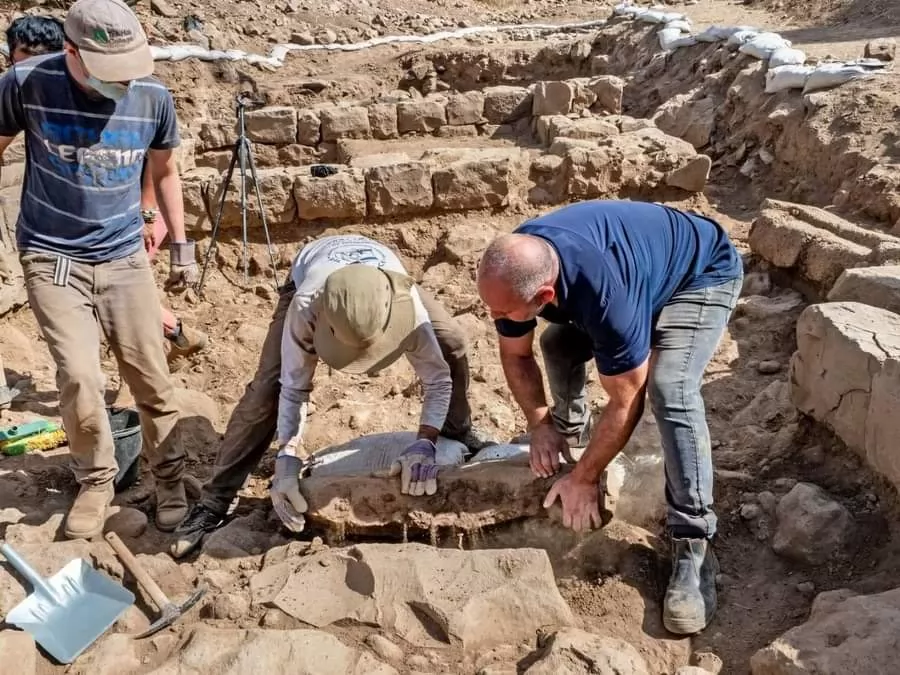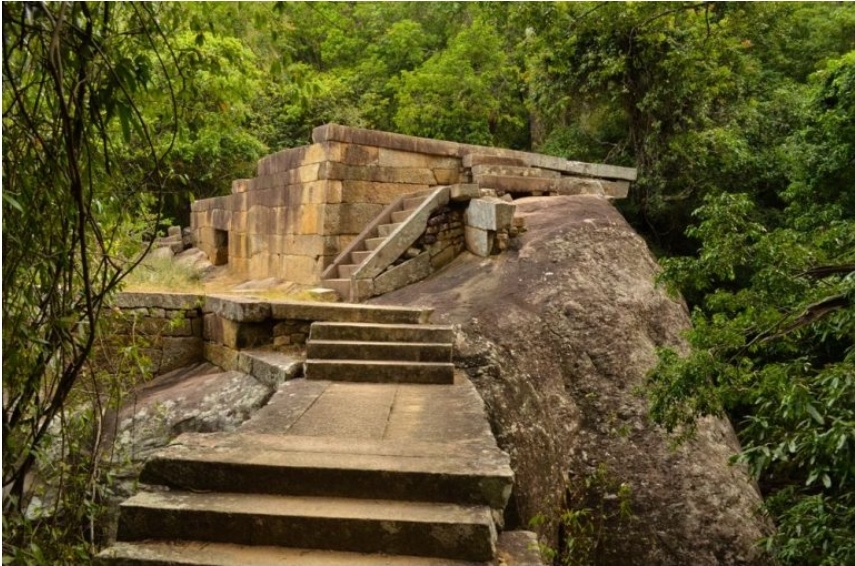Necklace Found in Neolithic Grave Offers Glimpse into Ancient Culture
According to a recent study published in the open-access journal PLOS ONE, the discovery of an ornate necklace in a child’s grave at the ancient village of Ba’ja has provided intriguing insights into the social complexity of Neolithic culture.
Ba’ja, a sprawling neolithic village in the Jordan area, dating back to 7000 BC during the Pre-Pottery Neolithic B period, was home to up to 600 inhabitants. During this era, people increasingly relied on domesticated animals to complement their agricultural and hunter-gatherer lifestyle.
Body adornments have always held significant symbolic meaning, serving as reflections of cultural values and individual identities, making them crucial artifacts in understanding ancient societies.
In the study, archaeologists meticulously examined the materials adorning the body of an eight-year-old child found in a burial at Ba’ja. The burial contained a plethora of precious items, including over 2,500 colorful stones and shells, two exquisite amber beads, a large stone pendant, and a delicately engraved mother-of-pearl ring.
Through a detailed analysis of the composition, craftsmanship, and spatial arrangement of these artifacts, the researchers deduced that they once formed a unified multi-row necklace, which has disintegrated over time. In an effort to better understand this significant discovery, the scholars painstakingly reconstructed the original necklace, which is now displayed at the Petra Museum in Southern Jordan.
As one of the oldest and most extraordinary Neolithic ornaments found to date, the multi-row necklace offers fresh perspectives on the funerary customs of individuals who held apparent high social status during the Neolithic period.
The reconstruction of the necklace sheds light on the meticulous craftsmanship of the inhabitants of Ba’ja, suggesting that they had the skill to procure exotic materials from distant regions. Furthermore, it reveals intricate social dynamics among community members, including skilled artisans, traders, and high-status individuals who likely commissioned such prestigious pieces.
According to the researchers, the analysis of the child’s necklace has provided valuable information that enhances our understanding of the ritual practices and symbolic behavior of the Ba’ja community, offering glimpses into the artisanal and economic capabilities employed during that time. Contrary to a mere trade or exchange purpose, the necklace was an integral part of the child’s burial, serving as a significant testament to the cultural practices and beliefs of the Neolithic period.




